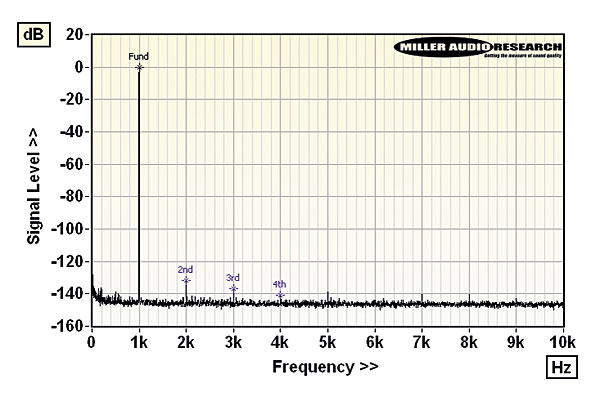Halcro Eclipse Stereo Power Amplifier Design Notes
'We never release schematics', says CEO Peter Foster, 'every circuit has the component designators engraved off and the boards are coated in an epoxy layer to further mask what's going on'. That's certainly true as we can see by the light-grey painted areas on Halcro's 'Audio Drive' PCB. But here's what we do know about this very novel amplifier... The power supply, screened in its own independent enclosure, is a two-stage switchmode design with power factor correction (PFC). The first switchmode PSU buffers the amplifier from the AC mains by generating a very high DC voltage from which the second switchmode PSU delivers the rail voltages for the fully-screened power amplifier.

Meanwhile, although the building blocks of the amplifier are conventional – a differential voltage-to-current input stage, current mirror, voltage line/preamp stage and, crucially, a unity-gain power output stage employing 12 FETs – the way they are implemented, all on six-layer PCBs, is where the proprietary thinking resides. Halcro has always pushed at the limit of technical performance, now quoting a best-case distortion of –134dB/1kHz (<200 parts per billion or 0.00002%) which tallies well enough with the 0.00004% over the 2nd-4th harmonics measured with combined vector/RMS averaging at 10W/8ohm in my lab [see inset Graph]. Noise, meanwhile, is so low that the Eclipse is, to all intents and purposes, completely silent. PM























































